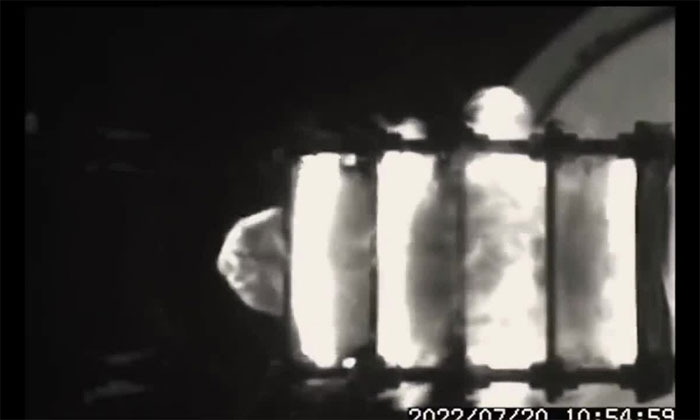NASA Engineers Fire Small Bullets at Materials Intended for Meteor Shielding on Mars Sample Return Mission
Testing the use of bullet firing on shielding materials for spacecraft at the White Sands Test Facility. (Video: NASA’s Goddard Space Flight Center)
In experiments conducted at the Remote Hypersonic Test Laboratory at the White Sands Test Facility near Las Cruces, New Mexico, the shield must withstand bullets fired at extremely high speeds, Space reported on October 17. This speed is sufficient for an aircraft to travel from New York to San Francisco in under 5 minutes, according to Dennis Garcia, a test engineer at White Sands.
However, this speed is still not as fast as that of meteoroids and space debris. Therefore, engineers must use computer models to simulate actual velocities, which can reach up to 80 kilometers per second. At this speed, even dust can damage a spacecraft, according to Bruno Sarli, an engineer at NASA’s Goddard Space Flight Center, who oversees the tests.

The shield will provide better protection if made from multiple thin layers.
Remote Hypersonic Test Laboratory has served NASA since the space shuttle program, allowing engineers to develop protective materials for the International Space Station (ISS), commercial crew vehicles, and cargo ships against impacts from space rocks and debris.
The specialized gun used to fire small bullets at shield materials consists of two parts: the first part uses traditional gunpowder to launch the bullet. The second part provides enhanced propulsion to the bullet by forcing high-pressure hydrogen gas into a smaller chamber like a car piston. The pressure in the gun is so high that it could destroy a building if it exploded. Engineers discovered that instead of using a thick block of metal to stop the bullet, the shield will offer better protection if made from multiple thin layers.
The spacecraft carrying Mars samples, developed collaboratively by NASA and the European Space Agency (ESA), is expected to bring back valuable rock and soil samples collected by NASA’s Perseverance rover from the surface of the Red Planet. This will be the first mission of its kind, allowing scientists to hold new samples extracted from another planet for the first time.
Meteoroids from Mars sometimes crash into Earth, but these rocks have undergone millions or billions of years in space, altered by harsh environmental conditions and radiation. Meteoroids are also contaminated by living organisms when they fall to Earth, making it difficult to search for signs of actual Martian life in these rocks.


















































